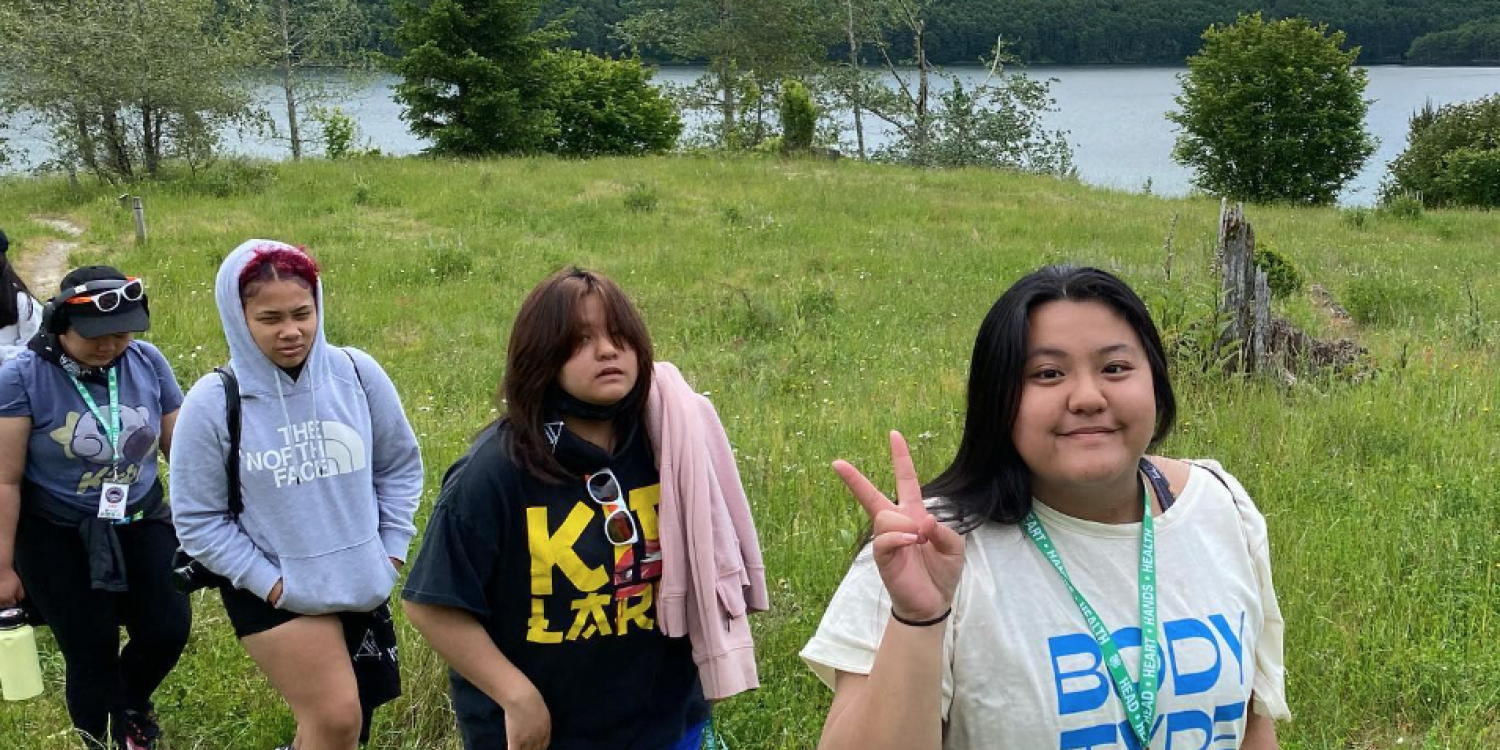
Research shows that people of color are far less likely to engage in nature-based outdoor recreation activities, with historic discrimination being a large underlying factor. People of color are three times more likely than white people to live in places that have no immediate access to nature.
In response to the disparity of people of color visiting outdoor recreational and natural areas – as well as lack of representation in the natural resource research, management, and education community – Oregon State University Extension Service’s 4-H Youth Development Program developed the Inner City Youth Institute (ICYI) in 1990s. Now known as the Young Outdoor Science Explorers (YOSÉ), the institute was funded by the U.S. Forest Service as a youth-focused mentorship program based around natural resources, STEM, career and college readiness, service project and placed-based learning. The goal of this yearlong program is to encourage youth to explore careers in natural resources and provide unique opportunities that the participants may otherwise not have experienced.
In the summer of 2022, 4-H partnered with the Mount St. Helens Institute to hold an ICYI overnight camp at the Mount St. Helens Science and Learning Center. Fifteen youths, two young adult interns, two OSU staff members and two Forest Service partners traveled to southwest Washington for a unique natural resource and STEM experience. The youths were drawn from schools in the Parkrose, David Douglas, Reynolds and Portland Public Schools districts.
On the first day the group visited the Johnston Ridge Observatory to learn more about Mount St. Helens and participate in a park ranger career discussion. Later that day Forest Service staff talked about their careers and how their paths brought them to the Forest Service. The remainder of the trip was dedicated to learning about the Mount St. Helens eruption in in 1980, including the scientists who monitored the mountain leading up to the eruption and many of the scientific and research efforts since. They also learned about the ecological changes and restoration efforts.
Participants also participated in a simulated response to an eruption and learned the different response systems – from monitoring activity to public broadcasting and first aid. They learned about the vital roles people play and how many jobs relate to the natural resources field. Several hikes and walks were held throughout the program to explore the ecosystem and learn more about the plants and animals in the area and their role after the eruption.